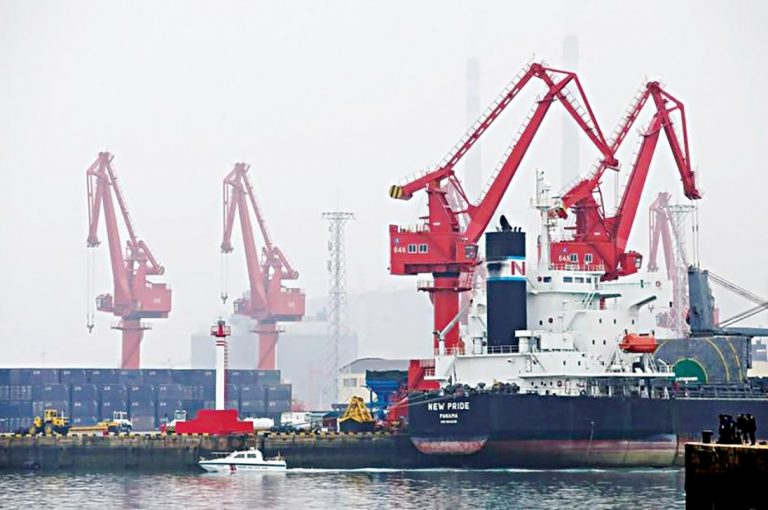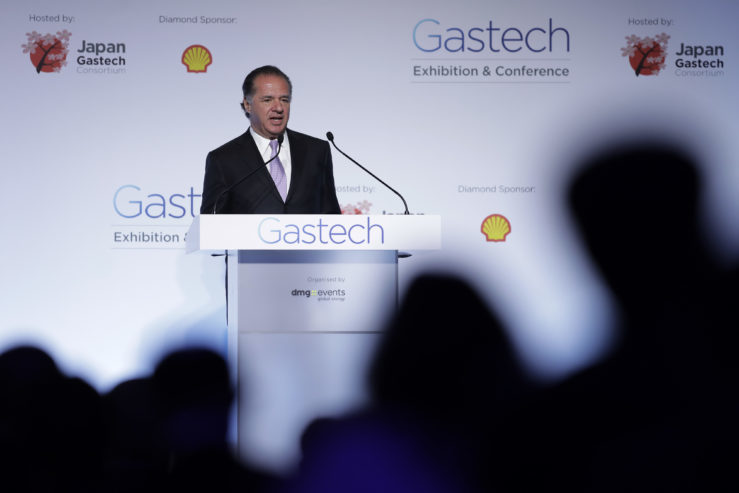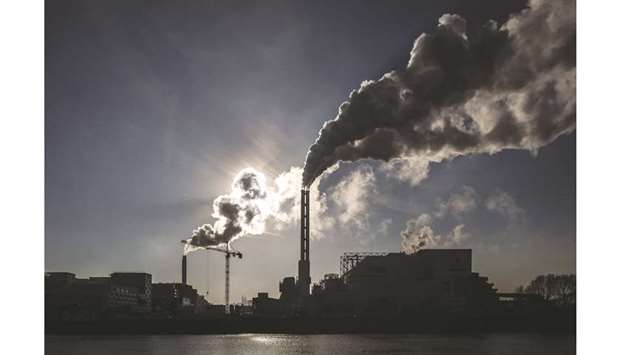EU states delay ‘green’ finance guide, leave it open to nuclear power

BRUSSELS (Reuters) – A set of European Union standards to determine which financial products qualify as “green” should be delayed until the end of 2022, EU governments agreed on Wednesday, stirring concern because the guidelines might end up including investments in nuclear power.
The delay, if confirmed by EU lawmakers, could slow the growth of the $200 billion market for green bonds, by pushing back clearer standards that many investors wanted. Proponents of green investment condemned the postponement.
“We don’t need to waste two more years,” said Luca Bonaccorsi, an activist with the Transport and Environment campaign group. Clearer standards were urgently needed to fund a sustainable economy, he said.
Deciding which investments could be called green was part of a legislative proposal put forward last year by the European Commission, the EU’s executive arm. Its goal was to encourage private investment in environmentally sustainable businesses.
The proposal laid out a taxonomy — a set of criteria and procedures for deciding what made an investment green — that was due to take effect in 2020. But many EU members objected, fearing damage to their national industries.
Diplomats agreed to postpone introduction of the taxonomy by more than two years. They also agreed to grant governments more powers to decide which investments are green, amending procedures proposed by the commission that would have given independent experts more say.
NUCLEAR CONCERNS
EU governments’ compromise does not exclude any economic activity from being listed as green. That could pave the way for declaring as green investments meant to reduce the environmental impact of nuclear reactors or plants seen as highly polluting.
The decision runs counter to recommendations from an EU expert group, which had advised in June excluding nuclear and coal-fired plants from the EU taxonomy. Their environmental impact was seen as going against EU targets to cut carbon emissions and reduce hazardous waste.
The text agreed by EU governments needs the approval of the European Parliament, which also wanted to rule out nuclear and coal investments from projects deemed green.
“This is a disaster,” Green European lawmaker Sven Giegold said. Parliament will do all it can to apply the new standards earlier and to exclude nuclear and polluting activities from the taxonomy, he said.
By setting criteria on what investment is sustainable, the EU hoped to avoid different standards in its 28 states and increase the confidence of climate-conscious investors. Proliferating standards let companies “greenwash” their activities, claiming green credential they not deserve.
However, the EU taxonomy’s broad criteria could divert money to technologies that “cannot be considered either safe or sustainable,” Germany said in a statement appended to the compromise text and also signed by Austria and Luxembourg.
The compromise ignored those concerns and tried instead to allay opposing fears of countries such as France, which relies on nuclear energy, and eastern European nations, which still depend on coal.







